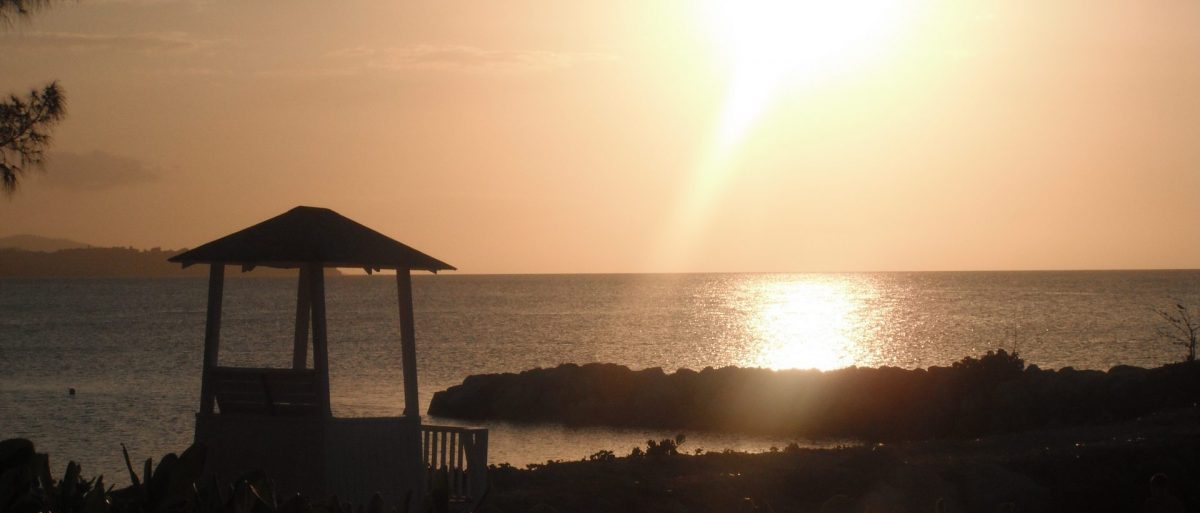Today we are researching what we may find in El Valle de Anton. This village is located about 2 hours west of Panama City. It offers sports like hiking, horseback riding, and ziplining through the rainforest. We will also find sightseeing adventures such as the El Nispero Zoo and Serpentario (snake habitat). El Valle de Anton is the site of the worlds second-largest extinct volcano. We will also find a well known open air Sunday market.
The Sunday market is one of the biggest draws to El Valle de Anton. We will be able to shop for vegetables, fruit, ornamental plants, flowers and orchids. We will also find handicrafts such as wooden bowls, bateas (wooden trays), woven baskets, hats, paintings on wood, carved and painted totumas (cups made from squash), trinkets made from acorn, hammocks, baskets and ceramics. The Kuna Indians offer their handicraft like colorful molas (blouses) and jewlery. The market is in the center of town, under a roof that was recently rebuilt.
El Nispero Zoo is more of a nursery than a zoo. That being said, we will find very well maintained trails and an extensive array of tropical plants, which include the country’s national flower – El Espiritu Santo. Orchids Center (Aprovaca Orquideas) concentrates on conserving endangered native orchids and promoting ecotourism and environmental education. The Zoo is also the best place in El Valle to observe the famous golden toads. Most of their natural habitat has either been destroyed or is inaccessible, so it’s virtually impossible to view them in their natural habitat. A frog exhibit, which is managed by the Smithsonian Institute, has a large showcase for the famous golden toads and additional exhibits for other frog species. It offers visitors an opportunity to see these reptiles up close.
Outside the Hotel Campestre we will find the famous square trees. They are members of the cottonwood family. Saplings of these trees are now being grown at the University of Florida to find out if they will retain their squareness in a different environment. It is believed, however, that the shape is probably due to an unknown but purely local condition. That is indicated by the fact that the tree rings, each representing a year’s growth, are also square.
We have read that it has been around 5 million years since Anton Valley had a volcanic eruption, so it is highly unlikely that there would be another eruption anytime soon. The valley does, however host many hot springs that evidence continuing volcanic activity. These hot springs are a naturally occurring phenomenon caused by hot magma passing through tiny fissures before contacting fresh water. This produces a warm, therapeutic, mineralized water. Anton Valley’s Public Hot Springs provide a rare natural product that treats several skin problems while leaving your face and body perfectly clean and feeling great. This is a destination that we will certainly visit.
A short walk from town, we will find the Petroglyphs (Piedras Pintadas). All of these writings can be found on one large vertical rock face. They are at the base of the trail that leads to the Sleeping Indian (La India Dormida). The Sleeping Indian, who acquired her name based on local legend, is a chain of hills who’s formation resembles the shape of just that, a sleeping Indian. These hills help form part of El Valle de Anton’s volcanic rim.
The town of La Mesa is located nearby in the Valle de Anton. It is the site of the Chorro el Macho waterfall. This 280 foot waterfall is considered one of the most beautiful areas of the valley. It is a short 30 minute walk north through the lush rain forest. At the base of the falls we will find a large natural pool where people are welcome to swim. Walking paths throughout the area will allow us to explore the area. There are suspension bridges that cross the river providing views of the falls. For the more adventurous, (Jen says she will never do this) there is zip lines through the treetops that provide breathtaking aerial views of the Chorro el Macho waterfall. If we hire a guide they will point out the local birds, animals, butterflies, and other points of interest.
This area sounds like one of the best opportunities for adventure. It is perhaps a strong contender for a place we would eventually like to live in Panama. I borrowed most of the adventure content from various travel websites. Once we experience these first hand, we will give detailed reviews of our experiences.
Today’s Spanish lesson should help us in the market: ?que’ es la costar de la fresco el vegetal? Translated…What is the cost of the fresh vegetable?
Thank-you for continuing to follow. We continue to be excited about our upcoming adventure. Please remember to like, share, and comment. You all are what makes this incredible adventure worth sharing. Buenos Dias.










